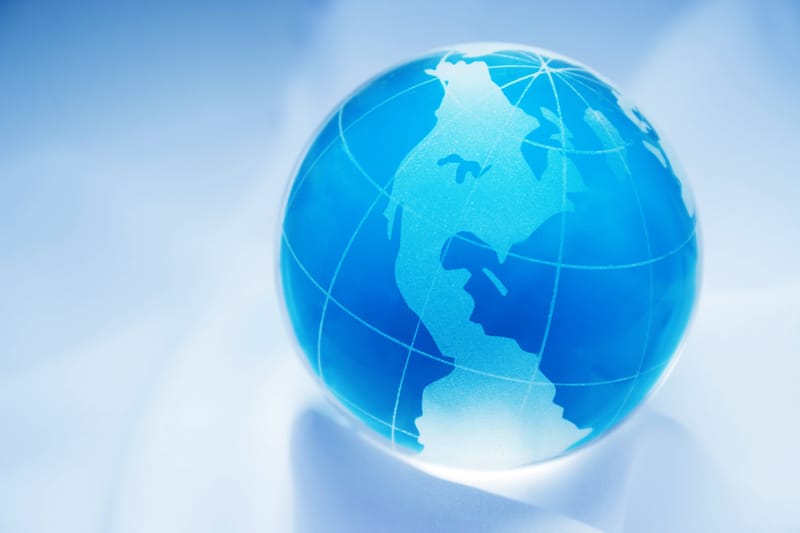The Western Hemisphere Is Looking Better and Better for Supply Chains
Beyond geopolitical concerns, Mother Nature, via the Panama Canal drought, could have a hand in encouraging North America and Europe to find manufacturing and supply chain sources outside of Asia.
Just when you thought disruption might be settling down (and it will not), severe drought is limiting the amount of commerce that can flow through the Panama Canal. The Canal relies on fresh water from Gatun Lake to raise ships that pass from the Pacific to the Atlantic Ocean. The artificial lake also supplies drinking water to Panama City and Colon.
Water-saving measures have slowly tightened since January. Right now, draft restrictions stand at 44.5 feet, with a further restriction down to 43.5 feet coming June 25, according to The Maritime Executive. Weather forecasters predict that this year’s El Nino effect could exacerbate the drought, already the worst since 1950.
Analysts estimate that the lower drafts will force some ships to curtail capacity by 40%. That means the largest Neopanamax vessels, which can carry 14,000 TEUs, could transport just 8,400 TEUs – making them slightly glorified versions of the older and smaller Panamax vessels, which can only carry 5,000 TEUs. This disruption comes as shippers were sending more cargo through the Panama Canal to prepare for potential strike problems in West Coast ports.
Optionality Can Mitigate Panama Canal Drought, Other Disruptions
Perhaps it’s time to adjust strategy and pursue optionality – with some of those options residing in the Western Hemisphere. No, this does not necessarily mean bringing all manufacturing back to the U.S. or Canada. As I’ve written before, this will not happen.
But the world is more than Asia and China. South America and Central America already produce substantial amounts of furniture, shoes, apparel and other goods. Several Tompkins Ventures Partners are already taking advantage.
Africa, as I’ve also noted before, has arable land, 30% of the world’s mineral reserves, 8% of the world’s natural gas, 12% of the world’s oil reserves, 40% of the world’s gold, 90% of the world’s chromium and platinum, and plenty of cobalt, diamonds and uranium.
As the world continues to change, our supply chains and our sourcing strategies must pursue optionality to match. Instead of looking to the Wild East of Asia, let’s start giving the Western Hemisphere a closer examination.
Jim Tompkins, Chairman of Tompkins Ventures, is an international authority on designing and implementing end-to-end supply chains. Over five decades, he has designed countless industrial facilities and supply chain solutions, enhancing the growth of numerous companies. He previously built Tompkins International from a backyard startup into an international consulting and implementation firm. Jim earned his B.S., M.S. and Ph.D. in Industrial Engineering from Purdue University.

